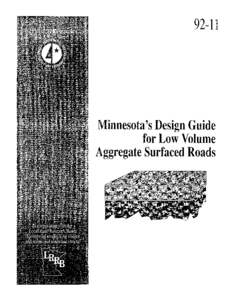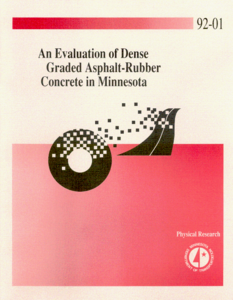Displaying results 21 - 30 of 565
A Review of Instrumentation Technology for the Minnesota Road Research Project
Date Created
1992-04
Report Number
92-10
Description
An Interactive Simulation Program For Intersection Design And Operational Analysis
Creator
Date Created
1990-06
Report Number
91-07
Description
Frost Heave Patterns and Optimal Design of Insulated Culverts
Date Created
1991-06
Report Number
91-08
Description
Crack Sealing Bituminous Pavements in Minnesota
Creator
Date Created
1992-01
Report Number
92-03
Description










